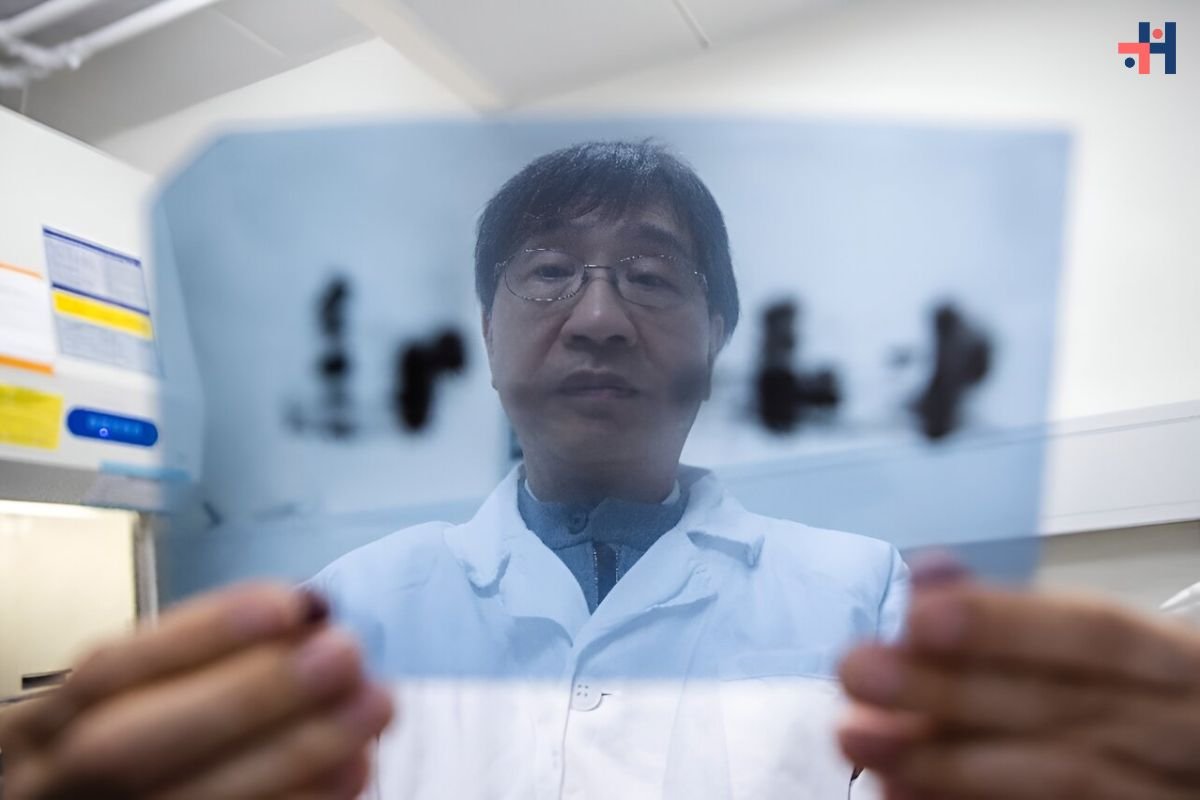(Source-aussiedlerbote.de)
Recent laboratory tests by the U.S. Department of Agriculture (USDA) serve as a crucial reminder about the risks of consuming rare hamburgers, even though no H5N1 bird flu virus has been found in raw beef. These tests were part of efforts to verify food safety practices following the detection of H5N1 bird flu in dairy cattle.
Findings bird flu virus from the USDA Study
In these tests, a substitute virus was mixed into ground beef, and the patties were cooked at various times and temperatures. Researchers discovered that the virus was completely eradicated in hamburgers cooked to 145 degrees Fahrenheit (medium) and 160 degrees Fahrenheit (well-done). However, live virus was still detected in patties cooked to 120 degrees (rare), although at significantly reduced levels, according to Eric Deeble, acting senior adviser for highly pathogenic avian influenza at the USDA. The potential health impact of this reduced viral presence is still unknown.
The USDA already advises consumers to cook ground beef to an internal temperature of 160 degrees Fahrenheit to avoid infections from bacteria like salmonella and E. coli. Deeble emphasized that current safe food handling and cooking practices remain valid and should continue to be followed.
“I don’t think that anybody needs to change any of the safe food handling or safe cooking practices that are already recommended,” Deeble stated.
New Investments in Animal Health
The USDA has also announced a $22 million investment to enhance animal health protection. The majority of this funding will support the Animal Disease Preparedness and Response Program and the National Animal Health Laboratory Network, a coalition of state laboratories.
“There are some labs that have equipment that needs to be updated or upgraded, and additional folks interested in adding capacity to the laboratories they operate. This funding will support those types of projects,” Deeble explained.
Increased Testing and Monitoring
From May 6 to May 12, the national lab network processed 1,100 tests for H5N1 bird flu Virus in cattle, with 278 presumed positive results. Deeble noted that the number of tests does not directly correlate with the number of animals tested or those that tested positive, as multiple samples can be taken from the same animal or tests may be pooled. Approximately 600 tests followed the USDA’s new order requiring the testing of dairy cattle moving between states, while another 450 tests were conducted on symptomatic animals.
The USDA has received positive responses to its offer of financial compensation for producers who take measures to protect their herds and workers from the virus. However, the forms for farmers to apply for this program are not yet ready. The USDA aims to have the paperwork available by mid-next week, Deeble indicated.
Challenges in Human Studies
Dr. Nirav Shah, principal deputy director of the U.S. Centers for Disease Control and Prevention (CDC), mentioned difficulties in recruiting farmworkers for studies on bird flu virus transmission on dairy farms, despite offering a $75 incentive.
“We’re not giving up hope. We are in constant conversation with a number of states. We’re getting closer, but as of yet, nothing across the finish line,” Shah said.
These ongoing efforts highlight the importance of vigilance in food safety practices and the need for continuous improvement in animal health monitoring to prevent the spread of infectious diseases.










